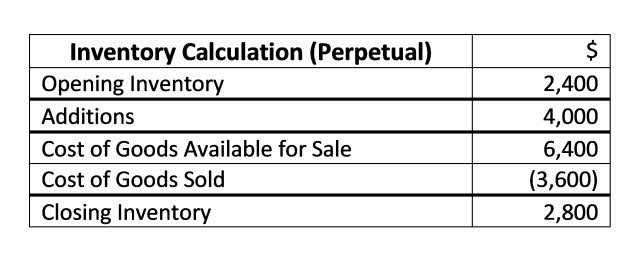
With each login and activity tracked (and recorded), teams can go back and review suspicious activity to uncover payroll fraud. Having this behavior tracked will not only allow teams to identify the culprit but will also deter employees from attempting payroll fraud in the first place since they know their activity will be monitored. As a basic protective measure, all users should have their own access—with each sign-in and event being tracked and logged.
There are several ways in which employees can commit payroll fraud, as noted below. Among the more common types of payroll fraud are not paying back an advance, buddy punching, and time sheet padding. Someone who works for your business must be classified either as an employee (Form W-2 recipient) or an independent contractor (who receives a Form 1099-MISC if they earn more than $600 in a calendar year). Employers sometimes misclassify workers by accident, but others may do so intentionally in an attempt to avoid paying unemployment tax, payroll taxes, or workers’ compensation insurance. If businesses aren’t diligent, the toll of this deception and theft can be considerable.
What is considered payroll fraud?
There are two common types of payroll fraud, the first being timecard falsification, which can be easily caught through the reconciliation and employee review process I just mentioned. The second most common type of payroll fraud is “ghost employees.” Ghost employees are just that. In one case that I heard about, the bookkeeper was paying herself a duplicate paycheck through the name “XYZ” and having the money deposited in her checking account. Payroll fraud occurs when an employee or employer manipulates a payroll system to take money they’re not entitled to. From misclassifying employees and padding hours to using ghost employees, payroll fraud takes on many forms, all of which threaten small businesses. In fact, payroll fraud is two times more likely to happen to small businesses when compared with large organizations.

Though it’s less common, employees may commit payroll fraud by never paying back an advance of their pay. Sometimes this occurs because the employer has subpar systems for tracking advances. When companies pay nonexistent staff unwittingly, it is termed ghost payroll. This payroll fraud is typically committed by someone in human resources who has easy access to the organization’s payroll system. The perpetrators of this type of payroll fraud create fake staff in the payroll system or do not remove the staff any longer employed with the company. Integrating the payroll software must reduce fraud cases like buddy punching, ghost employee fraud, timesheet fraud, and more.
Monitor Employees
June 19, 2013 (Reuters) – Three women pleaded guilty on Wednesday to criminal charges arising out of what prosecutors say was a corrupt New York City payroll project that cost the city more than $600 million. SMBs should take special care to avoid misclassification because the penalties for being caught can be severe. Companies payroll fraud can face fines from $50 to $1,000 per worker, and even jail time if the misclassification is deemed intentional by the Department of Labor or the Internal Revenue Service (IRS). To spot personal-purchase schemes, keep an eye out for unfamiliar invoice delivery addresses and look for merchandise that never arrives.
Frankenmuth Man Bound Over on Charges from Alleged PPP Loan … – Michigan Courts
Frankenmuth Man Bound Over on Charges from Alleged PPP Loan ….
Posted: Wed, 01 Nov 2023 07:00:00 GMT [source]
Organizations must perform internal audits to check for pay rate alterations and falsification. Look for errors in the payroll register—inconsistencies should be investigated further to uncover this type of payroll fraud. Strong internal controls that restrict access to limited individuals and logs individual’s access to the payroll system can be used to manage threats more effectively. This type of payroll fraud is almost exclusively committed by an employee at the company with access to the payroll system. For most organizations—and especially for larger corporations—this is often the human resources department.
Types, Red Flags, & Prevention Best Practices
It can also relate to PAYE fraud, where payroll information is falsified in order to avoid paying Pay As You Earn tax to HMRC. Payroll fraud is a form of asset misappropriation, one of the most common types of fraud to affect businesses. And it’s often long-term, trusted employees who carry out these frauds, and companies with lax or non-existent controls are most often targets. Work with your legal counsel to suss out the details, then ensure a copy is included in your new hire materials, and that current employees are trained on the policy too. It should include specific punishments for malicious fraudulent claims so workers know the consequences.
Deja un comentario